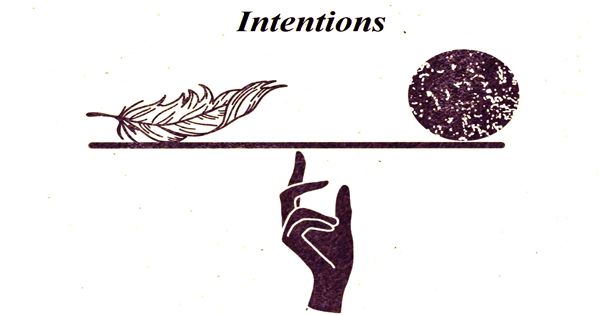According to a new study from McMaster University, the epidemic has produced a paradox in which mental health is both a motivation and a barrier to physical exercise. Exercise is an important part of changing one’s lifestyle. Patients and mental health experts alike do not fully comprehend or understand the value of exercise. Exercise appears to be an often-overlooked strategy in mental health care, according to evidence.
People want to be active to improve their mental health, but they find it difficult to exercise because of stress and anxiety, according to researchers who polled over 1,600 people to learn how and why mental health, physical activity, and sedentary behavior have changed over the course of the pandemic. The results are outlined in the journal PLOS ONE.
“Maintaining a regular exercise program is difficult at the best of times and the conditions surrounding the COVID-19 pandemic may be making it even more difficult,” says Jennifer Heisz, lead author of the study and an associate professor in the Department of Kinesiology at McMaster.
“Despite the fact that exercise has been shown to reduce anxiety, many respondents said they were too worried to exercise. Similarly, while exercise helps people feel better, those who are sad are less inclined to exercise, and lack of motivation is a sign of depression,” she says.
Anxiety and stress are both emotional responses, but stress is usually brought on by an external stimulus. Light anxiety and mild stress both react effectively to the same coping techniques. Physical activity, a well-balanced diet, and excellent sleep hygiene are all wonderful places to start, but there are also additional coping methods.
Exercise benefits mental health by lowering anxiety, depression, and low mood, as well as boosting self-esteem and cognitive performance. The epidemic caused respondents to experience more psychological stress, as well as moderate degrees of anxiety and despair. In comparison to six months before the pandemic, aerobic exercise was down approximately 20 minutes per week, strength training was down about 30 minutes per week, and inactive time was up about 30 minutes per day.
According to the researchers, those who reported the biggest decreases in physical activity also had the worst mental health results, whereas those who maintained their physical activity levels fared significantly better psychologically. Economic differences also played an impact, according to the researchers, especially among younger individuals.
Endorphins and serotonin are substances released during exercise that boost our mood. It may also help us get out into the world, lessen feelings of loneliness and isolation, and connect us with others. Regular exercise can help people reduce stress and symptoms of mental health problems such as depression and anxiety, as well as aid recovery from mental illnesses. It can also help us sleep better, which is beneficial in a variety of ways.
“Just like other aspects of the pandemic, some demographics are hit harder than others and here it is people with lower income who are struggling to meet their physical activity goals,” says Maryam Marashi, a graduate student in the Department of Kinesiology and co-lead author of the study. “It’s possible that younger individuals who work longer hours and earn less have a shortage of time and space, which is affecting their health.”
After analyzing the data, the researchers designed an evidence-based toolkit that includes the following advice to get active:
- Adopt a mindset: Some exercise is better than none.
- Lower exercise intensity if feeling anxious.
- Move a little every day.
- Break up sedentary time with standing or movement breaks.
- Plan your workouts like appointments by blocking off the time in your calendar.
“Our results point to the need for additional psychological supports to help people maintain their physical activity levels during stressful times in order to minimize the burden of the pandemic and prevent the development of a mental health crisis,” says Heisz.
Anxiety and stress are two different physiological reactions with comparable symptoms. As a result, distinguishing them might be difficult. Stress is usually short-lived and occurs in response to a perceived danger. Anxiety can persist for a long period, and it may appear that nothing is causing it. People who exercise frequently have greater mental health and emotional wellness, as well as reduced incidences of mental disease, according to research. Exercising appears to lower the chance of getting mental disorder.
Anxiety and stress aren’t necessarily negative. They are normal, short-term reflexes that humans must have in order to keep themselves safe. Exercise and mental health have a complex relationship. The mental disease may be both a cause and a result of inactivity. People might get overwhelmed by worry and anxiety at times. When this happens, it might lead to anxiety disorders or persistent stress. 30 minutes of exercise, at least five days a week, according to experts, can make a significant impact. It might be a single 30-minute session or a series of 10- to 15-minute sessions.
















